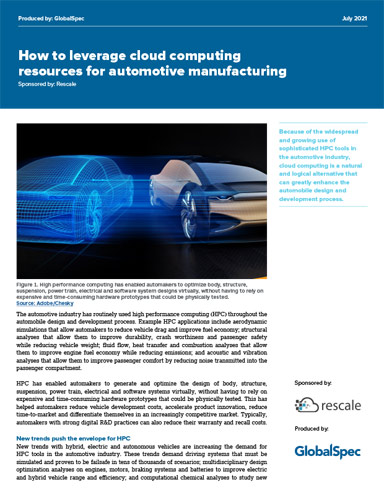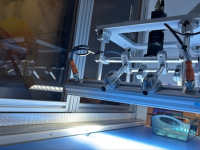
September 1, 2021
The automotive industry has routinely used high performance computing (HPC) throughout the automobile design and development process. Example HPC applications include aerodynamic simulations that allow automakers to reduce vehicle drag and improve fuel economy; structural analyses that allow them to improve durability, crash worthiness and passenger safety while reducing vehicle weight; fluid flow, heat transfer and combustion analyses that allow them to improve engine fuel economy while reducing emissions; and acoustic and vibration analyses that allow them to improve passenger comfort by reducing noise transmitted into the passenger compartment.
HPC has enabled automakers to generate and optimize the design of body, structure, suspension, power train, electrical and software systems virtually, without having to rely on expensive and time-consuming hardware prototypes that could be physically tested. This has helped automakers reduce vehicle development costs, accelerate product innovation, reduce time-to-market and differentiate themselves in an increasingly competitive market. Typically, automakers with strong digital R&D practices can also reduce their warranty and recall costs.
Download this paper to learn more.
Fill out the information below to download the resource.
Latest News





Related Topics




